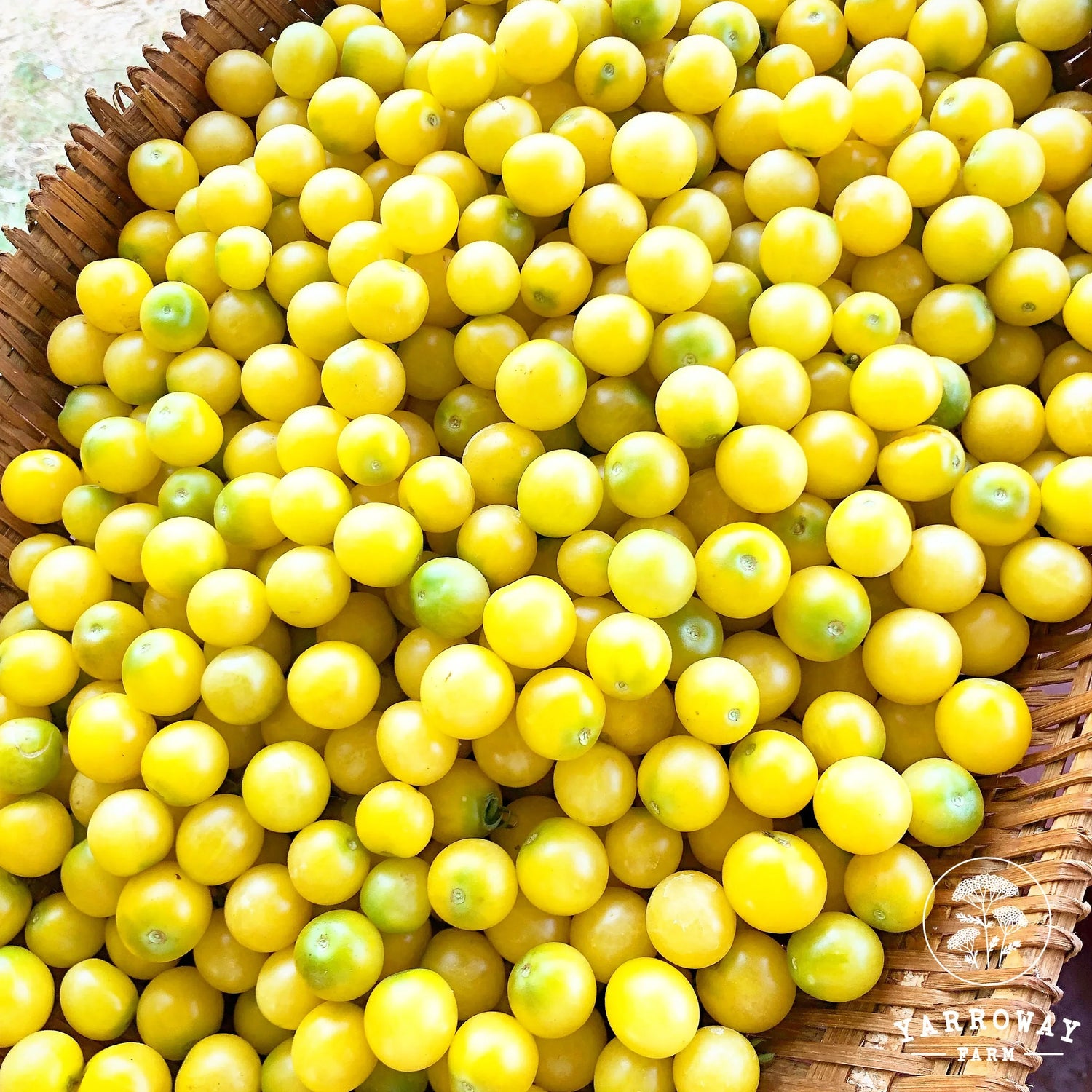NURSERY BASICS
Having a small nursery area allocated to start off your seeds is very important to make best use of your organic seeds, get more of a germination rate, and provide the required environment for them to kick start into becoming healthy plants.
REQUIREMENTS
1. The Right Space: Seeds need light, air, water and some soil based food to grow. Humidity they love! The space you pick should be covered but semi open to light but not direct sunlight. It should be well protected from rain, wind, flying insects, birds, squirrels, and pets. A simple bench in a roofed and protected balcony or patio corner should work well.

2. Organic Seeds: We’ve got that covered for you! Not all seeds require transplanting. Refer to the back of our seed packets and planting calendars on our website to understand which types of crops need direct sowing vs. transplanting and when is the best time to sow them. If you buy seeds from outside, make sure they are not coated with poison. You’ll know by the packaging label and when they are in a different color like pink, red or silver.
3. Seedling Trays: You can buy them from any gardening center, organic markets, or agriculture related shops. There are a lot of eco friendly options in organic markets to choose from. Or get simple re-usable plastic flat trays or hole trays depending on the size of your garden and number of varieties you’d like to grow. It should be easy for you to manage. Make sure the trays have enough drainage at the bottom to push out extra water. For larger plants and seeds, use packets.


4. Compost Mix: The ideal compost mixture should be soft and fibrous with minimal stones and particles. At our farm, we mix half portions each of coconut coir pith and sieved compost into our seedling trays. (Do not use fresh manure, partially decomposed manure, or totally dried dead manure). Your compost should have some moisture in it and smell like fresh earth with lots of microbial activity inside it. It should feel alive and vibrant! If you make compost from kitchen waste, make sure it is fully decomposed and it smells like fresh earth. Fully broken down leaf compost is also very good for seedlings. However if it’s too powdery it will slip down from the draining holes in the tray. So make sure you have the right consistency and moisture before filling the seedling trays with the compost mix.
5. Gentle Spraying Watering Can: The little seedlings cannot take too much pressure, so make sure you spray them gently and evenly with water. Lots of small handy water spraying cans are available for sale in the market and online.
6. Your Daily Dose of Love: Baby seedlings do really well with a little TLC. Check on them at least twice a day, talk to them, and encourage them to grow.
INSTRUCTIONS
- Fix a good date to sow your seeds. Refer to our biodynamic calendar on the website for a suitable day close to your plans.
- First fill the trays 3/4th with the compost mix. Start sowing your seeds and space them so they have enough room to grow. Then fill the rest of the top 1/4th space lightly with the compost mix. Do not tap down or press. Too many seeds can cause crowding and dieback in seedlings. Sow just enough to suit your garden space.
- Seeds need sufficient light but also can’t be too exposed to the sun; else they will dry out and not germinate. Moisture needs to be retained through the day.

- Water the seedlings twice a day with a gentle spray. First thing in the morning and around 5pm. Follow your instincts to understand that there should be enough moisture/dampness and not too much that the whole tray stays soggy.
- Some seeds come out in a few days and some take weeks depending on the variety and weather conditions. So be patient and enjoy watching the babies growing!
- Once the seedlings come to sturdy true leaf stage (where the seedling goes beyond the baby 2 leaf stage to the 3-4 leaf stage where more characteristics can be seen), between 20-40 days after their growth starts, its time to transplant them directly in the ground.
- Find a designated permanent spot with cleared up healthy soil and give enough spacing so plants have enough room to grow. Spacing requirements are mentioned on all the seed packets and on the product pages on the website.
DIRECT SOWING
- Find a good day on the biodynamic calendar to sow seeds.

- Make small depressions at each drip for bigger seeds such as sunflower, corn, beans, cucumber, and peas, or shallow lines for seeds such as spinach, mustards, arugula, carrots, beets, etc
- Sow the seeds in the depressions and cover with rich compost, not soil. In our case we use biodynamic compost which has all the essential nutrients for great germinations. The compost also keeps the area moist for seedlings to emerge. You can earth up with soil later as they grow, so they get more support.

- Irrigate every day for atleast 2-3 weeks. Then you can alternate days. We leave the drips on for 15-20 mins with low pressure. Irrigate more often if the days are very hot and the soil seems to be drying up. Skip irrigation if the days are rainy. Never too much or too less, it’s important to maintain a balance and observe moisture levels in soil.
TRANSPLANTING
- Find a good day on the biodynamic calendar to transplant. Evenings are the best time to transplant seedlings.
- Make sure the seedlings are not soggy wet before you transplant. Stop water for a day and give them more light if need be so there is less shock during transplanting.

- Pull the plant out carefully from the seedling tray. Make a small pit to plant your seedling in a designated spot. Don’t expose the seedling roots to open air, make sure there is always some compost around the roots before carefully placing it in the pit and tapping down the soil with both hands. Add a little more compost if you want to give the plants a healthy boost. Be very gentle and immediately give it some gentle water so it adapts quickly to the new place.
- Keep a watchful eye for the next few days and keep watering the seedling twice a day (especially in the morning) till it looks like it found its place. There will be some loss of seedlings, especially if you get heavy rains after the transplanting, so don’t worry too much.
- Overwatering is a common danger for seedlings and plants. So just make sure you maintain a balance. The soil should never be too soggy without drainage. Just trust the process with your instincts, and reap the benefits.



